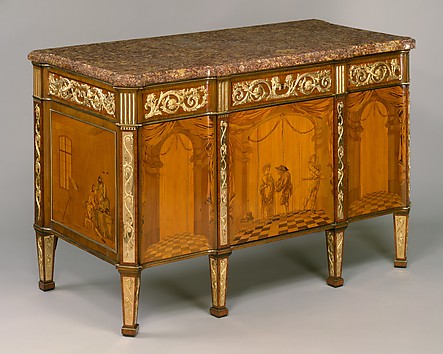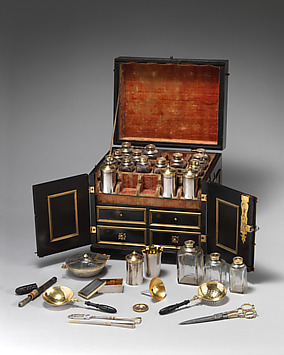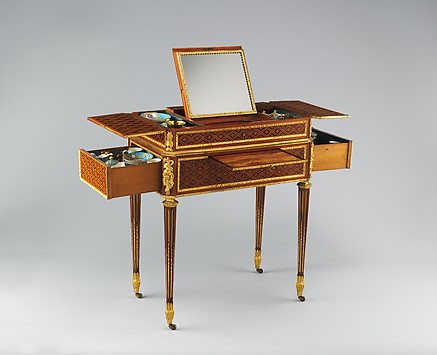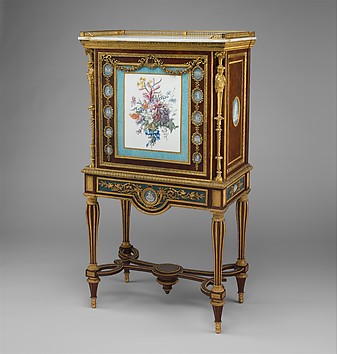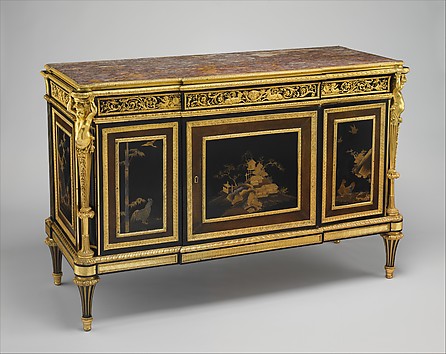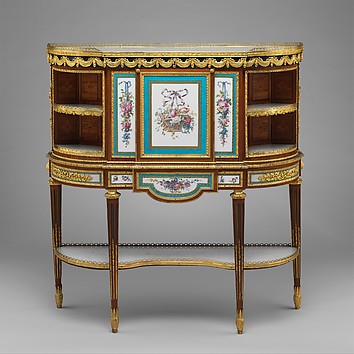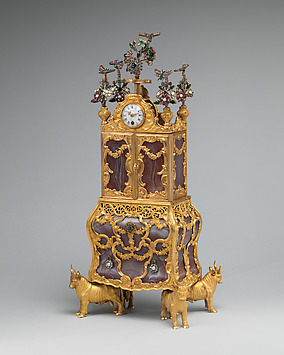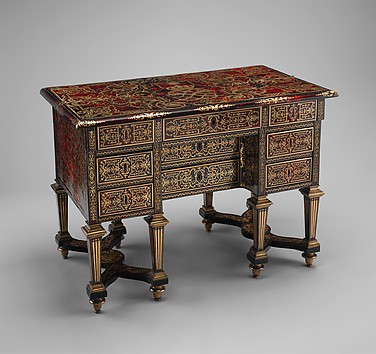Search / All Results
12,501 results for furniture

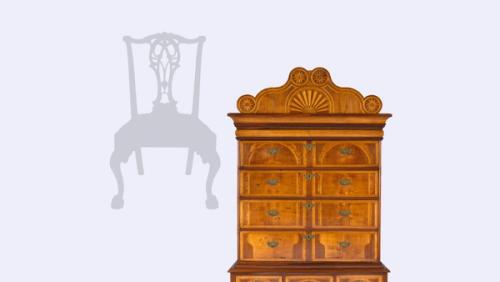

Essay
French Furniture in the Eighteenth Century: Seat Furniture
October 1, 2003
By Daniëlle Kisluk-Grosheide

Essay
French Furniture in the Eighteenth Century: Case Furniture
October 1, 2003
By Daniëlle Kisluk-Grosheide
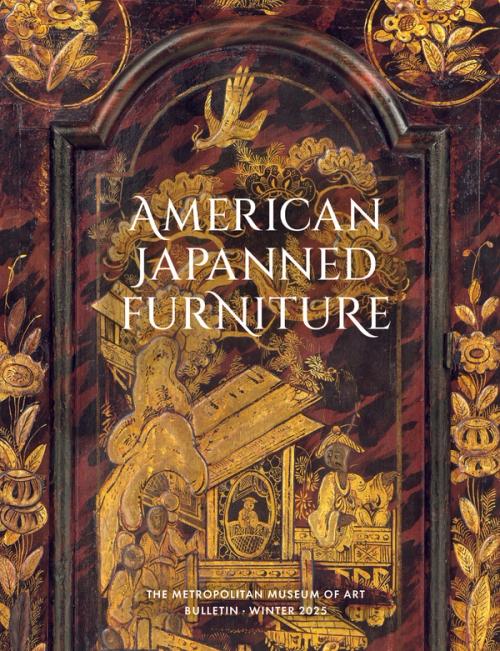
Publication
American Japanned Furniture

Essay
The Golden Age of French Furniture in the Eighteenth Century
October 1, 2003
By Daniëlle Kisluk-Grosheide

Essay
American Furniture, 1620–1730: The Seventeenth-Century and William and Mary Styles
March 1, 2010
By Nicholas C. Vincent
Press Release
Artistic Furniture of the Gilded Age

Essay
Architecture, Furniture, and Silver from Colonial Dutch America
October 1, 2003
By Beth Carver Wees and Peter M. Kenny
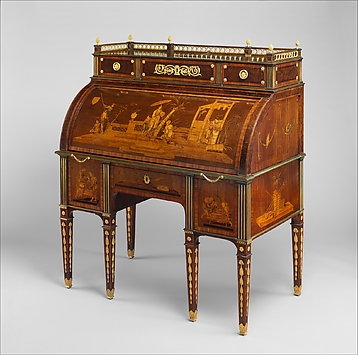
Art

